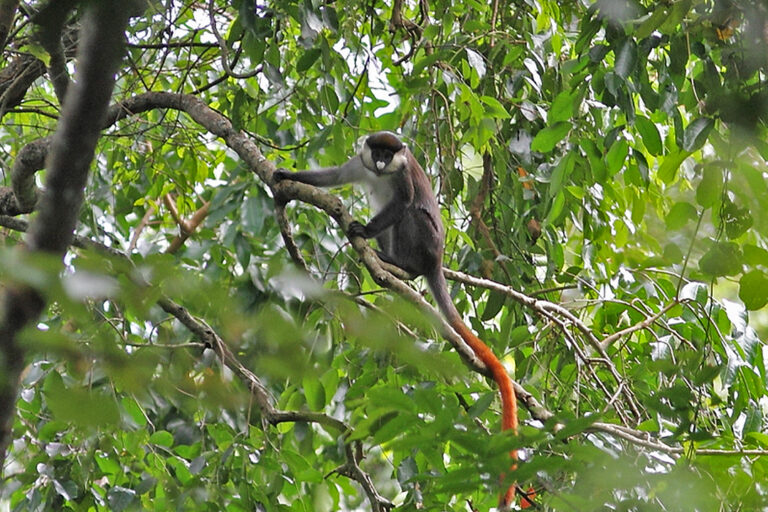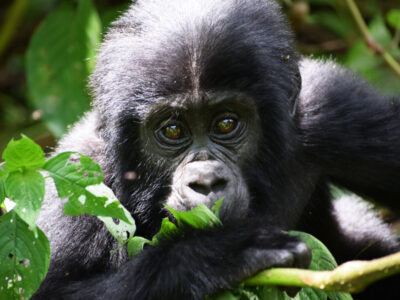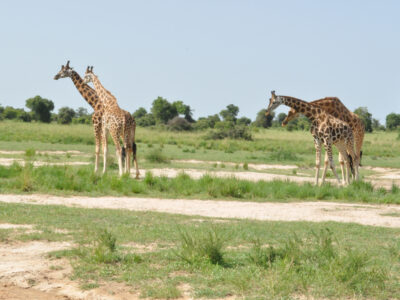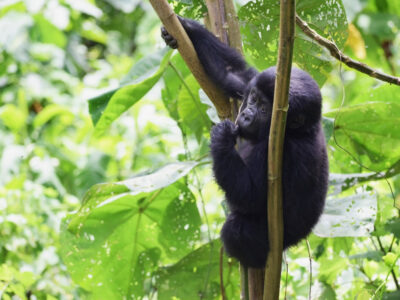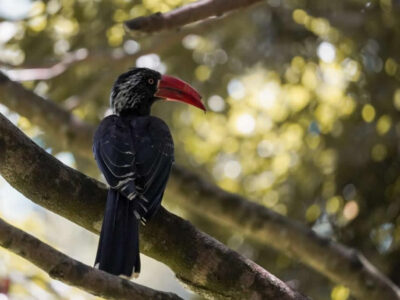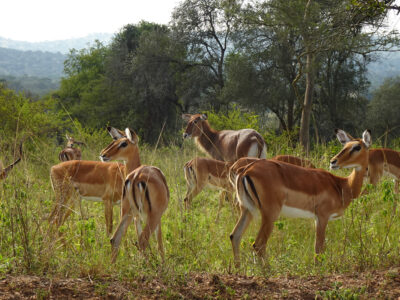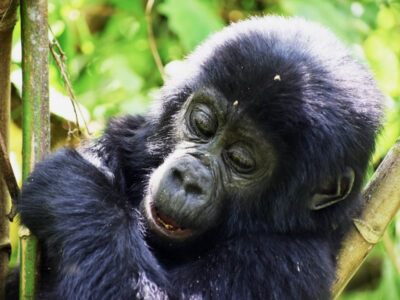Through heightened public awareness campaigns and the introduction of advanced technologies, Uganda has made significant strides in promoting forest conservation in recent years. These efforts are beginning to yield positive results.
Uganda’s state-run forest conservation agency, forest cover has increased from 9 percent in 2015 to 13 percent in 2021, with a projected rise to 15 percent by 2025 according to data from the National Forest Authority. This positive trend follows a notable decline in forest cover, which plummeted from 25 percent of the country’s landmass in 1990 to around 9 percent in 2015.
Despite these achievements, Uganda faces a pressing challenge in meeting its national and global commitments to protect and restore forests, largely due to the high rate of deforestation. The country has lost about 122,000 hectares of forests annually since 1990. Without intervention, Uganda risks losing all its forests by 2030, driven largely by the growing human population.
Addressing the challenges.
- During the 2014 Climate Change Summit, Uganda pledged to restore 2.5 million hectares of degraded land by 2030.
- Focusing on indigenous species, the country also launched a campaign to plant 40 million trees annually.
- To sustainable forest management and biodiversity conservation, these efforts underscore Uganda’s commitment.
- To enhance forest conservation, the East African country with contributions from private individuals, the state and development partners, has undertaken a variety of initiatives and leveraging technology
“The increasing importance of technology in forest management and conservation. She emphasized that technology enables researchers and conservationists to better understand forest dynamics and protect them more effectively. In Uganda, Geographic Information Systems and remote sensing technologies, such as drones, are utilized for surveying and mapping forests.” Zainabu Kakungulu, program officer for capacity development at the Food and Agriculture Organization of the United Nations, highlighted.
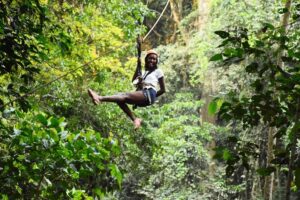
She added saying technology enables us to quickly gather information on forest health, loss and gain, which is crucial for effective conservation efforts.
Uganda is embracing bioscience in addition to digital technology. To produce fast-growing, drought-resistant and pest-resistant trees, Charles Bukuwa, director of Bukuwa Nurseries SMC Ltd, a private tree nursery operator, employs biotechnology.
Bukuwa explained that If they are harvesting more and planting less, it means they need a technology that is going to give them stock or trees that are going to grow faster to bridge this gap. Tree biotechnology is the way forward.
Despite the fact that Bukuwa operates in three different parts of the country, annually his nurseries produce between 600,000 to 800,000 eucalyptus tree seedlings per two seasons.
Due to the cutting of natural forests many individuals are now engaging in tree planting as a business venture, with growing awareness among the public about the increasing demand for timber and the dwindling supply.
“It would be easier to increase forest cover to match or exceed the rate of destruction.” Bukuwa believes that with this understanding.
Bukuwa is not alone in his efforts; thousands of other tree nursery operators across the country are meeting the increasing demand for tree seedlings.
Annually, over the last 15 years an average of about 7,000 hectares of planted forests have been established according to the National Forest Authority.
In recent years, Uganda has intensified its cooperation with China in forest conservation as part of its efforts in forest conservation.
“Alongside the campaigns launched by the central government at the national level, Chinese citizens are encouraged to adopt or nurture trees, donate money and engage in volunteer work related to trees.” Both Kakungulu and Bukuwa highlighted.
To ensure forest conservation, Kakungulu emphasized the need for Ugandans to adopt a culture of caring for trees.
In 2023, the National Forestry and Grassland Administration of China reported significant achievements in afforestation with the country planting about 8.33 million hectares of trees and grass.
“Chinese children are taught about the importance of trees from a young age, suggesting that education about tree conservation and the environment should be included in Uganda’s school syllabus for lower learning levels, similar to China’s approach” Bukuwa said.
Bukuwa said that China has imparted valuable lessons. Some of the technology originated from China, and many tree planting schemes are now inspired by China. You can even see bamboo growing.

